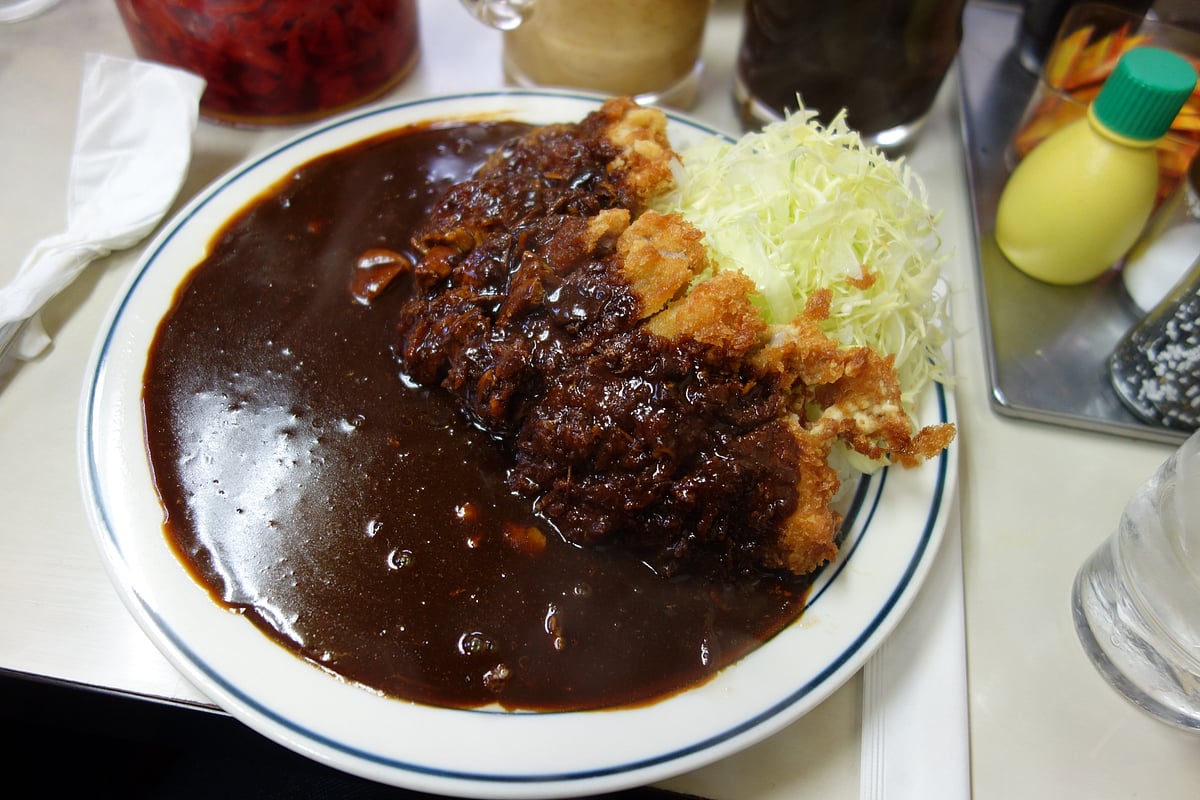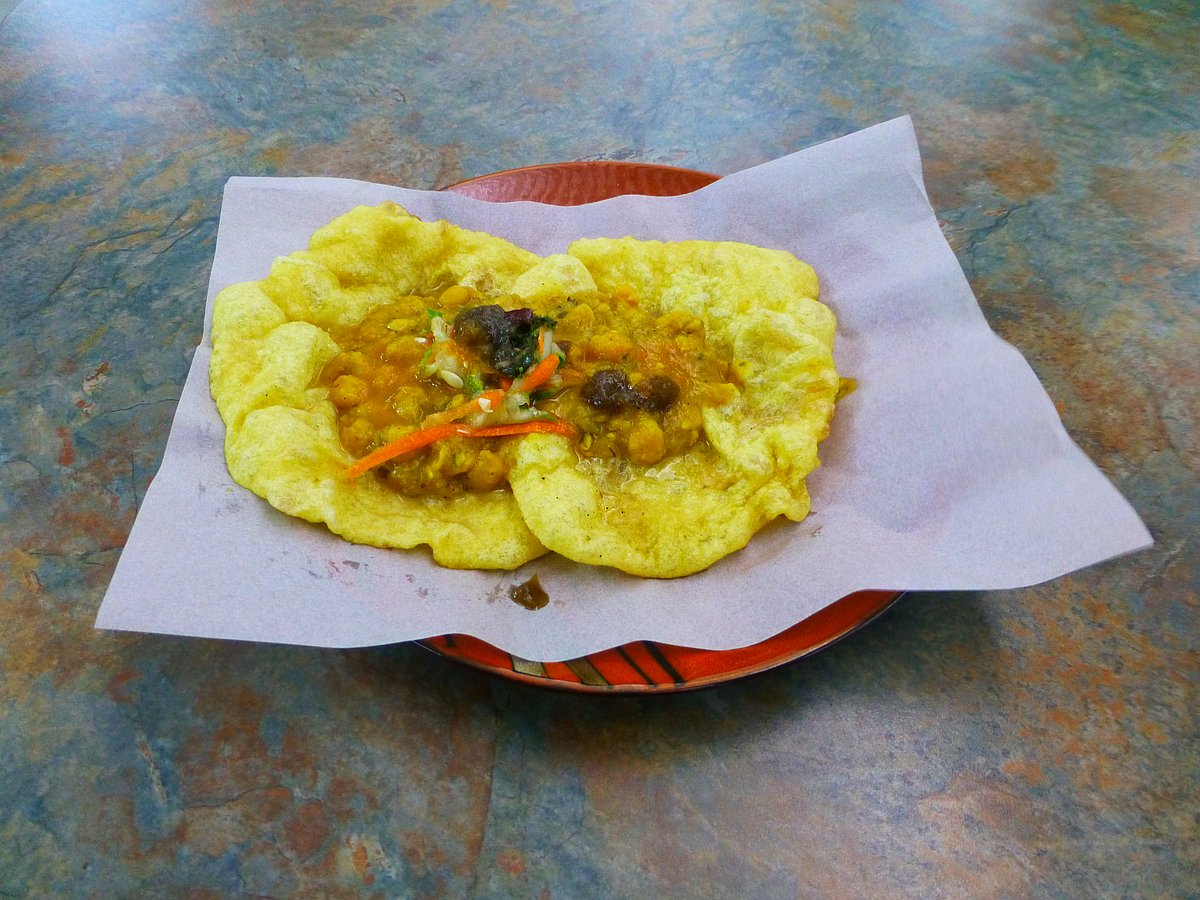One of the greatest things about travel, I have learned over the years, is the unmatched sensation of serendipity that creeps up on me almost everywhere I go on my many trips around the world. And while that sudden, unexpected discovery of something unfamiliar thrills me, I’ve very often found myself drawing parallels to things I can find, see…and yes, taste back home!
I’ve often been dumbfounded when tucking into something local and indigenous, I suddenly get a familiar, yet oxymoronically different flavour tricking my taste buds. And while it keeps happening more often than not, I’ve noted down a few dishes that are so very much influenced by Indian cuisine, that to an untrained palate, they may as well be the real desi deal.
Here are four of my top India-influenced local food discoveries from places as diverse as Japan and South Africa that each show us how food is invariably a universal connector:
Katsukarē from Japan
Although the second part of this ultra-popular Japanese dish’s name i.e. ‘karē’ may give you a hint that it is somewhere related to ‘curry’, it is an out-and-out local Japanese invention with a hint of Indian flavours liberally sprinkled over it. The dish consists of a pork cutlet called tonkatsu served with a portion of Japanese rice and a mild, sweetish-tasting thick curry sauce. Now, for the uninitiated, curry was introduced to Japan in the late 18th century when the Indian subcontinent was under colonial rule by the British Empire. However, it wasn’t until the early 20th century, when curry was adopted by the Japanese Navy and Army, that the dish began to become popular with the Japanese. And today, there is no stopping the curry from being a perennial favourite all over Japan.

Dhal Puri from Mauritius
Known as the national street food of Mauritius, the pancake-style flatbread of Bihari origin comes stuffed with cooked yellow split peas which have been blended and seasoned with turmeric and cumin. A ubiquitous, on-the-go kind of snack, one can find dhal puri on almost every street corner, always served in pairs, and rolled up with bean curry, atchar (another take on the Indian mango pickle) and various chutneys. It is even sometimes served with a portion of Rougaille Mauricien; a spicy tomato-based sauce made with spring onions, garlic, pepper and ginger. A sweet iteration of the dhal puri is also used to scoop up the Mauritian version of kheer!

Bunny Chow from South Africa
Given the nation’s close connection with India, it is not surprising that South Africa’s delicious signature dish – the Bunny Chow (also simply known as the ‘bunny’), has faint Indian origins. For, it was believed to have been invented by indentured sugar cane farm workers of Indian origin centuries ago. The dish consists of a hollowed-out loaf of white bread filled with meat or vegetable curry, served with a side of pickle. This dish, though unknown in India, is extremely popular with the locals of the Rainbow Nation. In fact, each year in September, the city of Durban hosts the ‘Bunny Chow Barometer’, which attracts numerous entrants from across the Durban Metro region to compete for the title of top bunny maker.

Doubles from Trinidad and Tobago
A common breakfast staple all over the twin island nation of Trinidad and Tobago in the Caribbean, doubles are however more popular in Trinidad where almost everyone starts off their day tucking into a few. Consisting of two small pieces of flat fried dough called baras that are filled with curried chickpeas, the serving is topped with tamarind chutney and a super-hot (optional) sauce made from Caribbean scotch bonnet peppers. The dish — which I felt was quite like our very own chole bhature— was first created in Fairfield, Princes Town by Emamool Deen and his wife Rasulan in 1936. Interestingly, the name ‘doubles’ originated in 1937 when Deen’s customers insisted he make their order of the delicious treat a “double” one, as no one could have just one!










